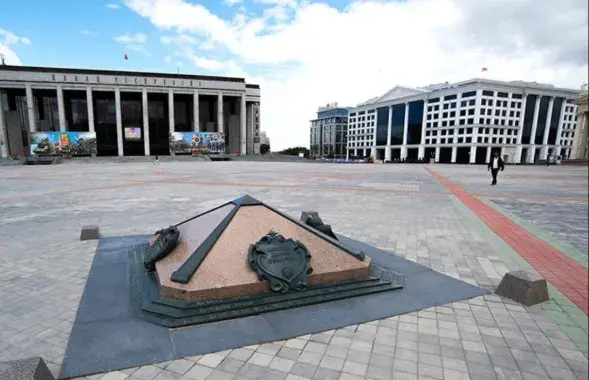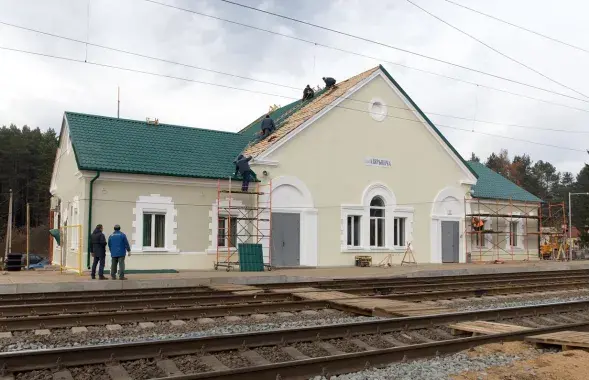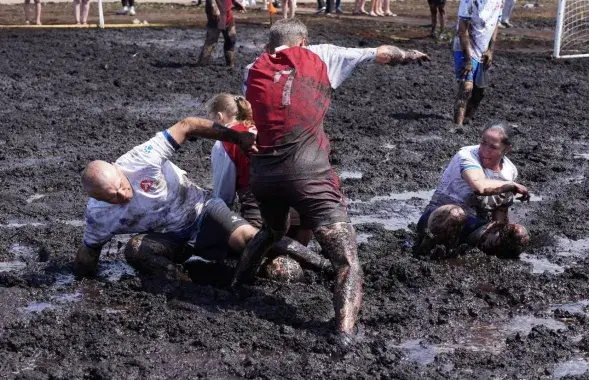How dangerous is it to open fire around NPP? Case of Ukraine

At the site of the Radon shelling/ facebook.com/MNS.GOV.UA
"Russian troops hit a radioactive waste burial site in Kyiv." This is what the media wrote about the incident near the Radon special facility on February 27. A little later, it emerged that an "unknown object" fell near the storage facility, but the radiation level did not increase.
"If shelling of the Radon site begins, then, under a good scenario, maybe nothing terrible will happen. If the scenario is bad, it's a dirty bomb," Andrei Ozharovsky, an expert of the Russian Socio-Ecological Union, told Euroradio. "The storage facility is destroyed, and the radionuclides are dispersed over the territory. Dangerous radioactive substances are spreading through the air. They may also get into the drinking water and food products, which increases the risk of radiation load on the population".
The expert stresses that radioactive substances are usually kept in the solid phase in such storage facilities. This means that the exposure radius will be incomparably smaller than in the case of accidents at nuclear power plants.
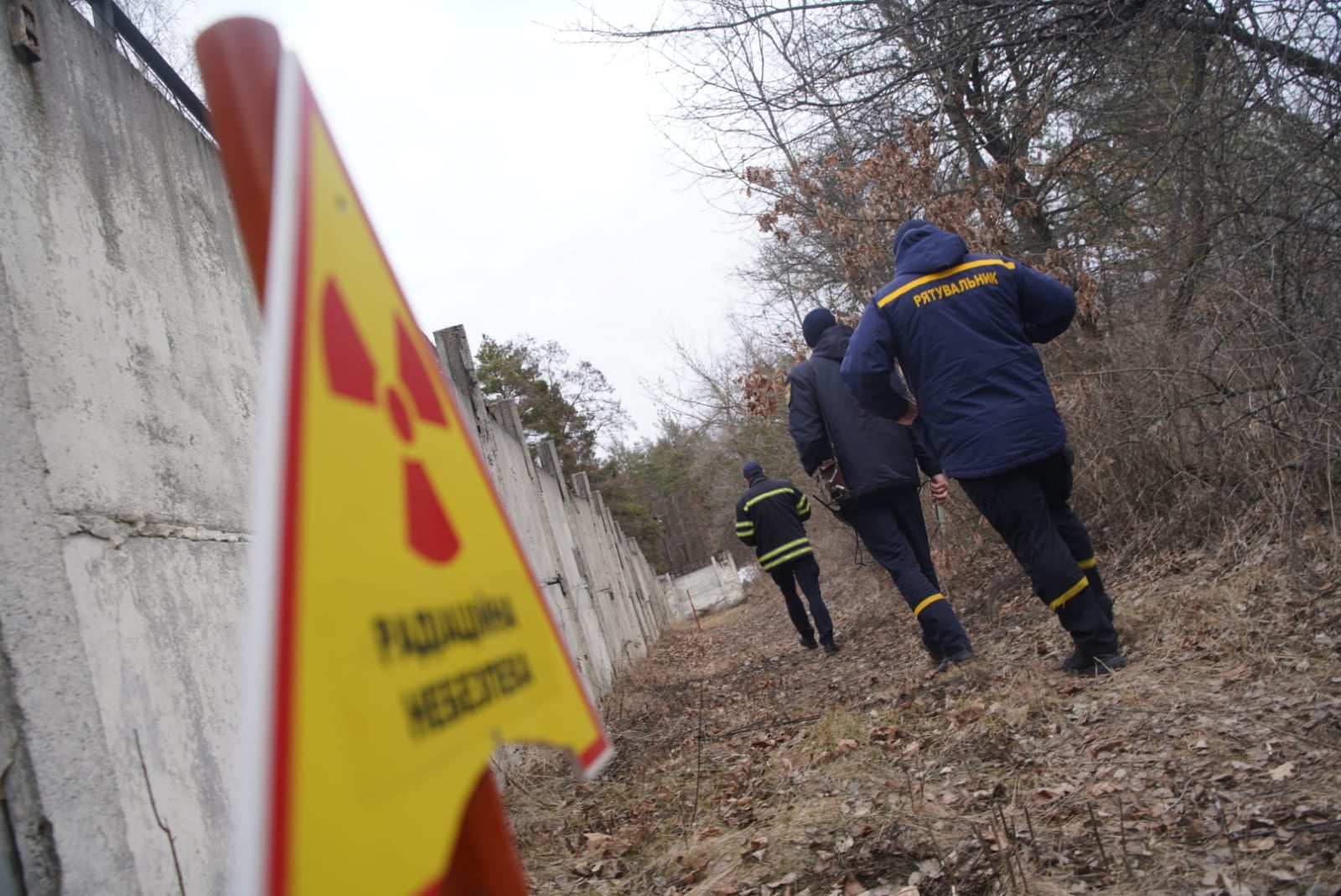
Who will be responsible for Zaporizhzhia NPP?
According to Ozharovsky, the most alarming thing now is not the Radon incident, but the situation at the Zaporizhzhya NPP, since one of the buildings on its territory caught fire.
"There was an exchange of fire using small arms and artillery systems," the expert recalls. "As a result of the actions of the Russian Armed Forces, Ukraine lost control over the operating plant. Even the status of this hazardous facility is unclear. Who is responsible for it before the international community? It was taken away from Ukraine, and Russia would not take it on its balance sheet. "Rosatom did not declare that "the number of Russian nuclear power plants has increased."
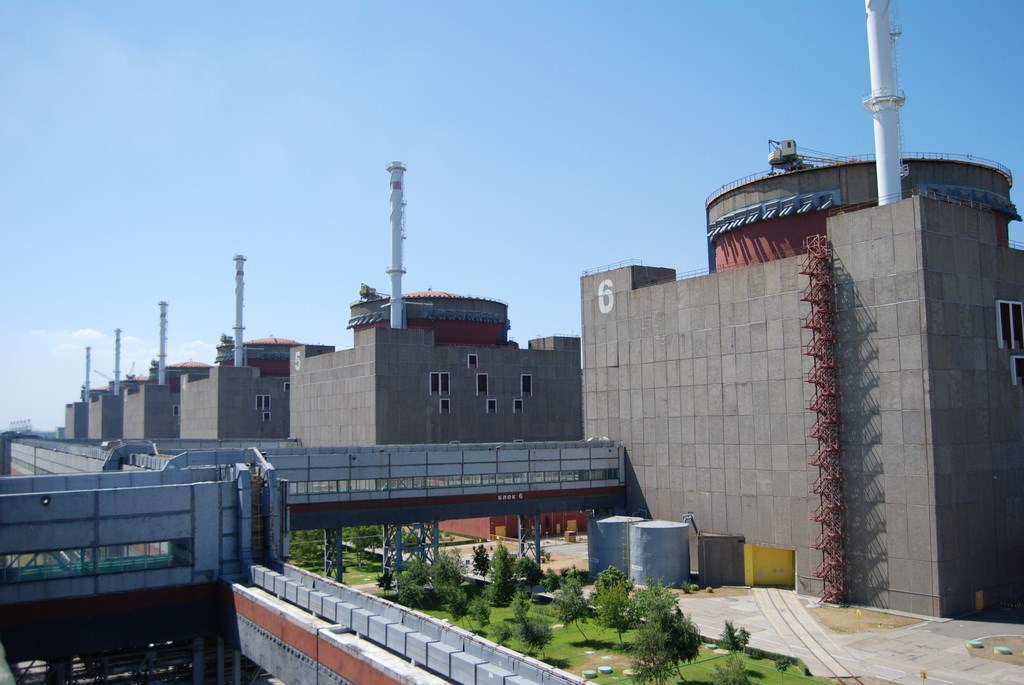
Does the design of the Zaporizhzhya Nuclear Power Plant protect the plant's reactor from shelling?
"The power units are covered with a protective shroud, but this is not an armored shroud. This is not a fortification," Ozharovsky says. " When hit by large-caliber artillery systems, the protective cover is destroyed. Its contents and its contour are destroyed. The reactor vessel may be damaged. And if the nuclear power plant is in operation, as was the case at the Zaporizhzhia plant, the contents of the reactor's primary circuit are released under great pressure".
If it continues to operate, it will pose a danger. Even if it stops right now, there are still six reactors and spent nuclear fuel storage facilities. In a bad scenario, it's much more dangerous than the Kyiv burial ground [Radon repository - Euroradio].
Not designed for a Boeing hit
After Russians took over the ZNPP, Russian nuclear expert Alexei Anpilogov stated that "the containment can withstand a direct downing of the largest passenger airliner Boeing 747 with all its fuel reserve". What's artillery shot if even a Boeing can't damage the Zaporizhzhya plant, right?.
"I think these assessments are part of the propaganda war," answers Andrei Ozharovsky. "We have documentation both for the VVER-1000 [water-moderated water reactor- Euroradio] power plants that we are talking about and for the newest Rosatom installation in Belarus, VVER-1200".
The Rosatom documents clearly say that the cover of the latest type of nuclear power plants can withstand a hit by a plane weighing no more than 5.7 tons. All these tales about Boeing are based on Rosatom advertising projects where it said that they could build such a station. But there is no such containment, at least not created by Rosatom. "Experts" could have read the documentation on the station before engaging in a disinformation campaign.
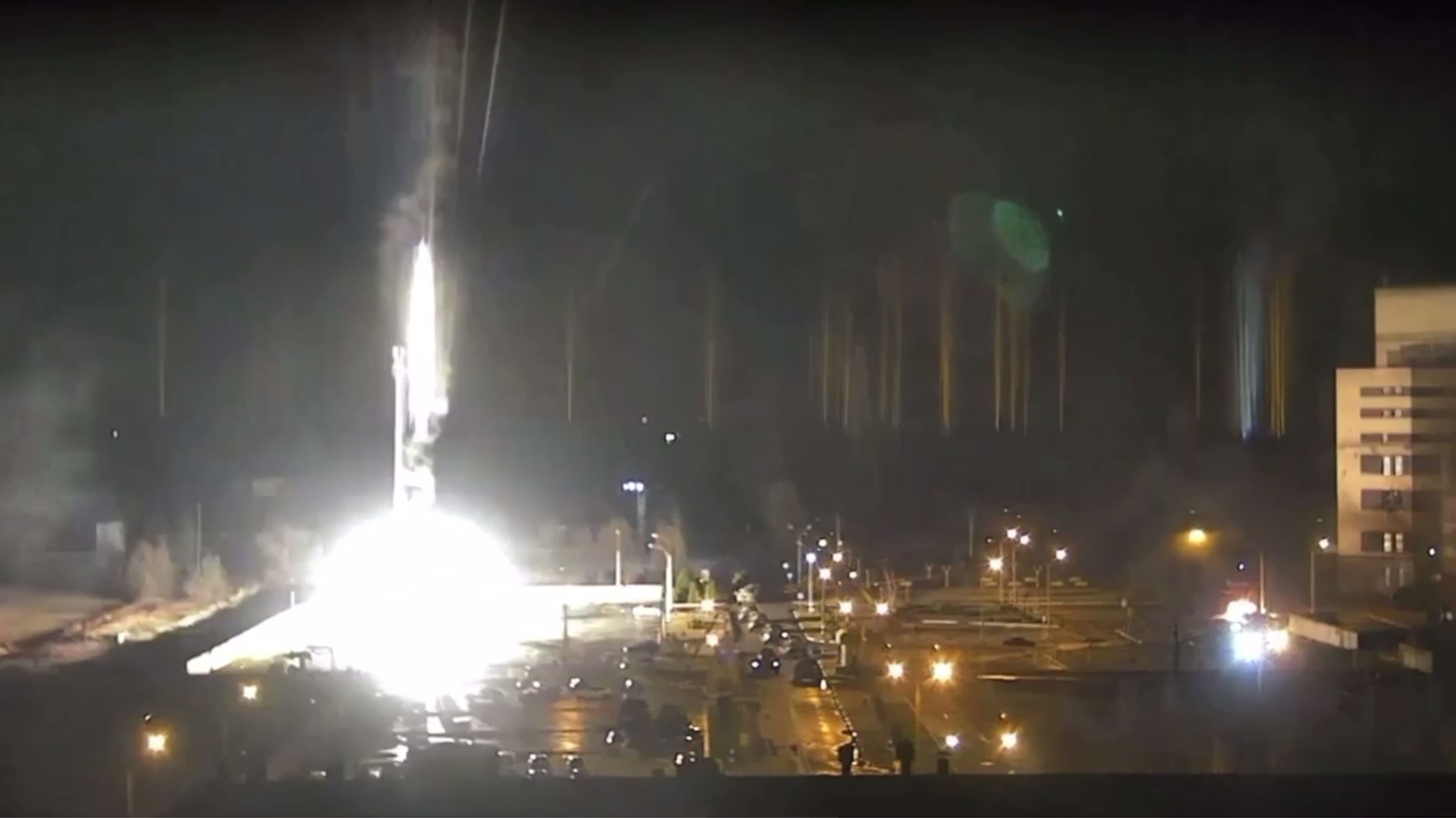
Euroradio verified Andrei Ozharovsky's words. The new generation VVER-1200 type nuclear power plant (BelNPP) can withstand a collision with an airplane weighing 5.7 tons flying at 100 meters per second. There is no question of the impact of the 180-ton Boeing-747.
"Never before has a country with a developed nuclear infrastructure, such as Ukraine, been subjected to a large-scale military attack. And I haven't seen any good assessments with calculations about "what would happen if a shell hit one facility or another." Simply because no one has done them. What the Russian army is doing now on Ukrainian territory is unthinkable," Andrei Ozharovsky said.
Zaporizhzhya nuclear power plant is the largest in Europe. It consists of six VVER-1000 power units. The first power unit was commissioned in 1984 and the sixth one in 1995.
